The name of Ditchling used to be synonymous with Eric Gill, but since he was outed as an abuser of his own daughters the association has become an embarrassment. Obliged to quietly drop its most famous name, Ditchling Museum of Art + Craft has been exploring less controversial connections. Its latest show, about Bourne and Allen, is a tribute to a forgotten creative partnership that casts a fascinating sidelight on the contribution of women’s traditional crafts – and lesbianism – to British modernism.
Hilary Bourne was a Ditchling girl. Sent from India before the first world war to board at Dumbrells School in the East Sussex village where she was later joined by her widowed mother and sisters, she was just 13 when she learned to spin, in 1922, at the Gospels weaving studio of Ethel Mairet, a veteran of Gill’s artistic community. She took up weaving in Palestine, then went to work at Muriel Rose’s Little Gallery off Sloane Street, an emporium of contemporary crafts where ‘every single thing’, remembered the children’s author Lucy Boston, ‘was handmade and violently desirable’.
But it was through her evening job at Westminster Theatre that, in 1936, she met and fell in love with the costume designer Barbara Allen. They moved into a flat together, set up some looms and embarked on a lifelong partnership that was only cut short by Barbara’s death in a hotel fire in 1972.
Their domestic set-up may not sound like a business model to worry the more famous Edinburgh Weavers, founded by men, but Bourne and Allen would become their closest rivals. They were light on their feet and versatile, designing tweeds for Fortnum’s, scarves for Liberty’s and soft furnishings for Swansea College, after their architect friend Sadie Speight – wife of Leslie Martin, who designed the Royal Festival Hall – spotted their natural-dyed yarns hanging in their conservatory.
The success of the Swansea commission led to an invitation to submit designs for handwoven curtains for the 120 boxes at the Royal Festival Hall. They didn’t sit about. ‘No preparatory drawings. All done on the loom. Red and white fabric for Festival Hall, the evening of Sadie’s phone call,’ remembered Bourne, 40 years later. With their jazzy grid design of rotating ‘U’ shapes, flocked to dampen the acoustic – they thought of everything – Bourne and Allen’s Festival Hall curtains were just the thing to take the edge off the Brutalist concrete. They’ve stood the test of time (and fashion); they’re still hanging.
Theirs was no cottage industry; they were savvy and professional. After the Festival Hall put them on the map, they were approached to weave the fabrics for Ben-Hur. Daunted by the epic scale of the production they were tempted to refuse, but on being badgered by a persistent wardrobe mistress from MGM they thought of an enormous figure and added several zeros, half hoping to lose the job. They got it. The most expensive film ever made called for 52,000 yards of specially woven fabric to clothe 452 actors, of which a red and brown striped length worn by Charlton Heston for the hero’s visit to a leper colony – tricky wardrobe choice – features in the show (see below).
Ben-Hur plunged Bourne and Allen into ‘a hellish period of too much work’, but it enabled them to buy two houses in Regent’s Park, a nightclub and a hotel in Ireland, and to travel the world researching weaving and dyeing techniques. Their encyclopaedic knowledge of their subject extended to the properties of different wools – their archive includes images of various breeds of sheep – and the best soils and harvesting times for the natural dye plants weld and woad.
The show makes the whole process sound so fascinating, it had me itching to try my hand at weaving. But despite the swaths of desirable fabrics on display, the names of Bourne and Allen have been all but forgotten. They’re missing from the credits for Ben-Hur, for which the English costume designer Elizabeth Haffenden won an Oscar, and – until corrected by this show’s curators – the Festival Hall assumed their curtains had been designed by Speight.
Excluded from the all-male Artworkers’ Guild – ‘men didn’t want women cluttering up the place with their crochet,’ explains the show’s male curator E-J Scott – they formed a professional network with other creative partnerships of women, such as the weavers Elizabeth Peacock and Molly Stobart and the hand-block printers Phyllis Barron and Dorothy Larcher.
The historian Jane Traies remarks on the ‘thread of Sapphism’ woven into the fabric of this modernist sisterhood: ‘These female pioneers were frequently supported in the struggle by the love of other women.’ Would they have been so supported by the love of men? The history of modern art is littered with the stalled careers of heterosexual women eclipsed by their artist husbands. It’s an interesting question.
Got something to add? Join the discussion and comment below.
Get 10 issues for just $10
Subscribe to The Spectator Australia today for the next 10 magazine issues, plus full online access, for just $10.
You might disagree with half of it, but you’ll enjoy reading all of it. Try your first month for free, then just $2 a week for the remainder of your first year.

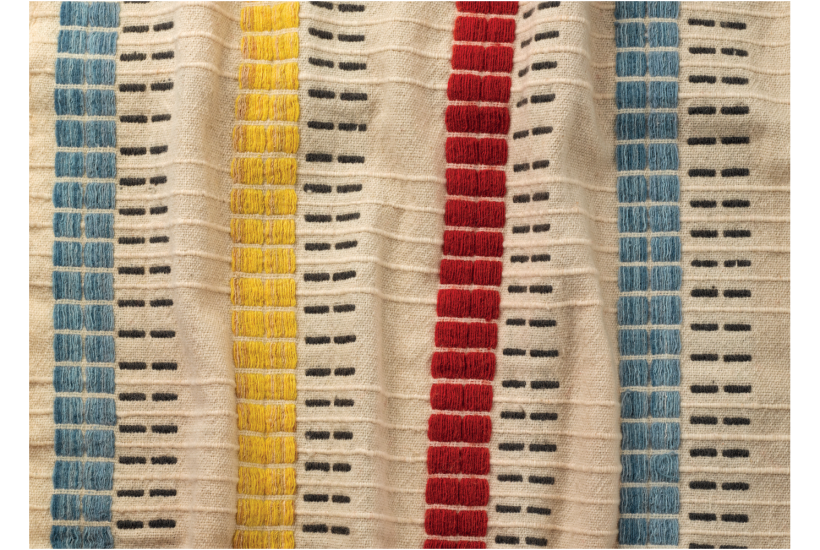
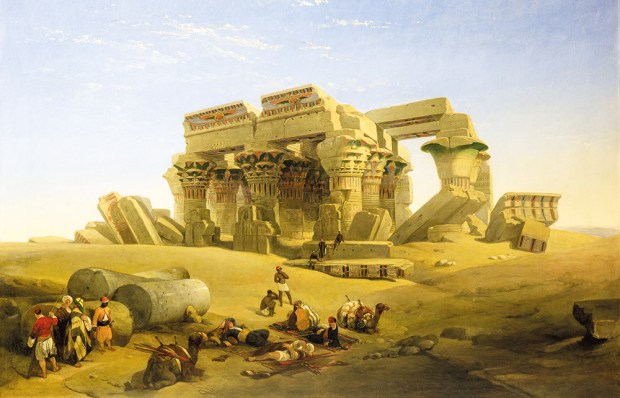
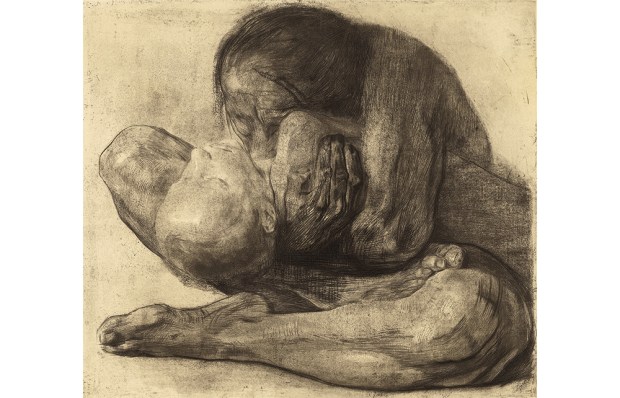
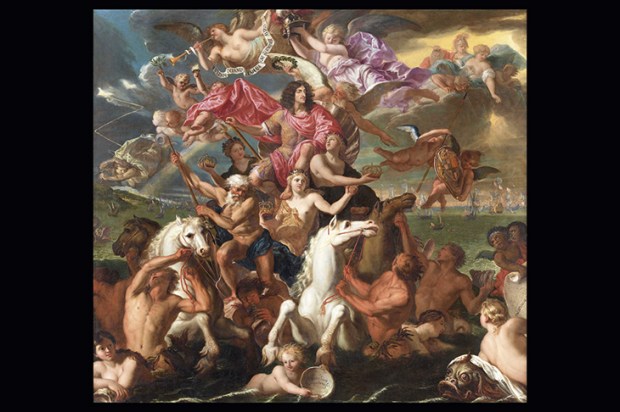


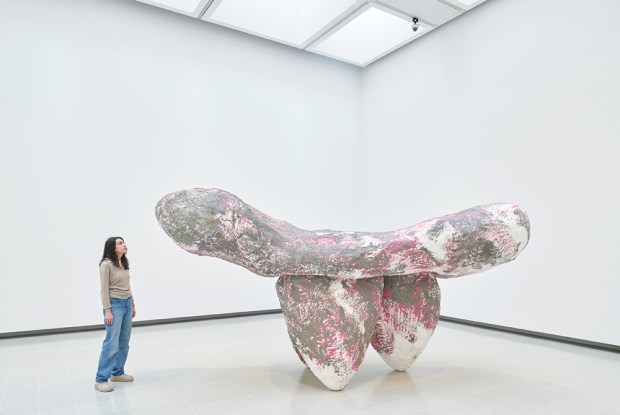






Comments
Don't miss out
Join the conversation with other Spectator Australia readers. Subscribe to leave a comment.
SUBSCRIBEAlready a subscriber? Log in